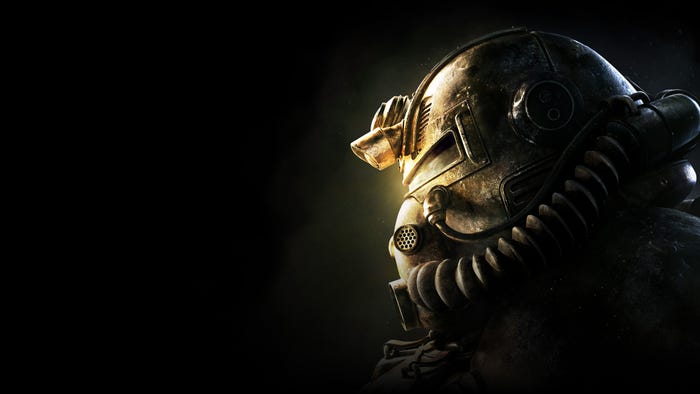An interview on IGN traces the ups and downs of Rainbow Six Siege and explores how the once-troubled game was able to bounce back and become a Ubisoft staple.

“We realized pretty quickly [into alpha testing] that we were not a slow shooter at all. We were actually faster than Counter-Strike. We had to adapt to that.”
- Siege lead designer Jean-Baptiste Hallé recounts how the game found its footing early into development.
IGN has published a retrospective on Rainbow Six Siege’s five-year evolution, speaking with lead designer Jean-Baptiste Hallé to trace the project's ups and downs and explore how the once-troubled game was able to bounce back and become a Ubisoft staple.
One of the early obstacles the dev team had to overcome was figuring out what aspects of a Dota-inspired competitive multiplayer game like Siege needed to differ from the usual Rainbow Six mentality.
Part of that was doing away with the player-versus-terrorist structure favored by other military shooters, and another was realizing how the game they had envisioned differed from the one that had started to take form.
"When we started playing Rainbow ourselves, we had this whole idea of something that was relatively slow, where you would plan a lot of things in advance,” Hallé tells IGN. “But we realized pretty quickly [into alpha testing] that we were not a slow shooter at all. We were actually faster than Counter-Strike. We had to adapt to that.”
Hallé notes that some operators still aren't quite played the way they envisioned them during development--"Doc was designed to be a healer, but we would end up discovering that healing in a game like Rainbow is very different from a game that has a lower lethality"--but that's just one of many lessons the team has learned from in Siege's half-decade of live support.
The full chat over on IGN offers more anecdotes from the game’s development, while also walking thought how the team handled sizable post-launch changes like the Operation Heath overhaul of 2017, a risky move that put new monetized content releases on hold in order to fully focus on fixing issues that were holding Siege back.
About the Author(s)
You May Also Like








